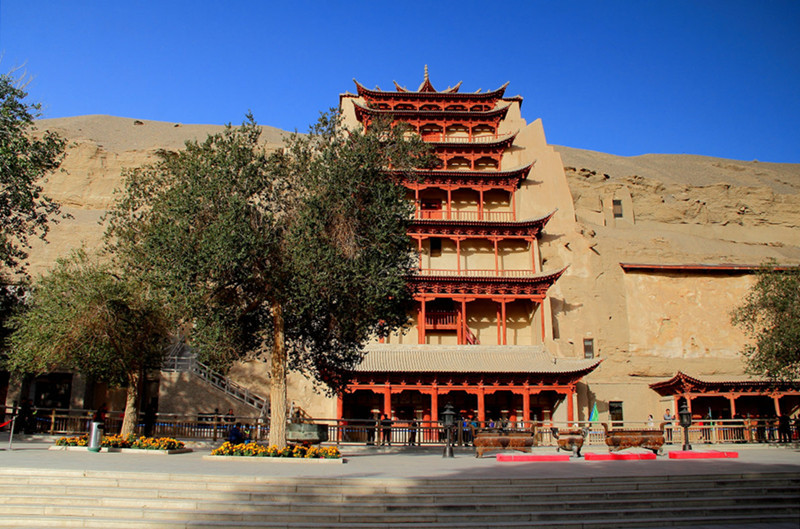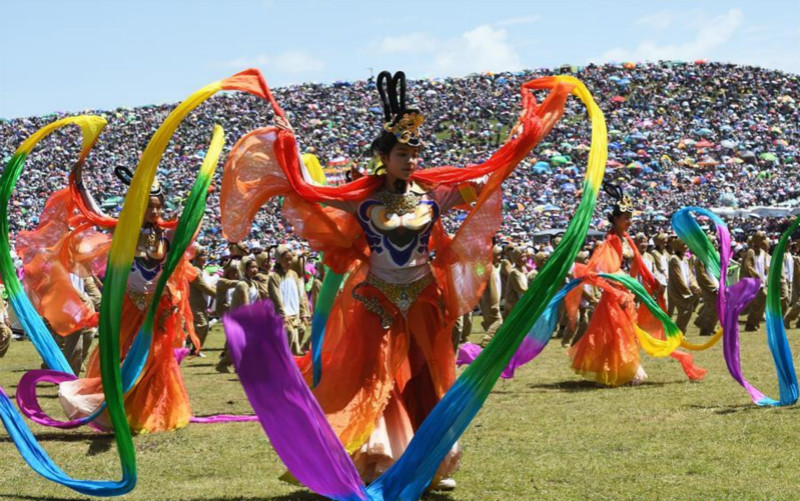
Silk Road cultural expo, tourism festival open in Northwest China
The Silk Road Cultural Expo and Tourism Festival has officially opened in Northwest China, offering a unique platform to celebrate the region’s rich cultural heritage and promote tourism along the ancient trade routes. This annual event brings together countries and regions that are part of the historic Silk Road, aiming to foster deeper cultural exchanges, boost tourism, and highlight the enduring legacy of the Silk Road in the modern era.
Celebrating the Silk Road’s Cultural Heritage
A Historical Crossroads
- The Silk Road, which spans from China through Central Asia, South Asia, and the Middle East, to Europe, was not just a trade route but a bridge for cultural, religious, and technological exchange. The Expo is designed to showcase the historical significance of these routes and their impact on shaping the civilizations of both the East and West.
- The event is particularly focused on the northwest region of China, which includes key areas such as Xi’an, Gansu, Ningxia, Qinghai, and Xinjiang, all of which were crucial nodes on the ancient Silk Road.
Main Attractions of the Expo and Festival
Cultural Exhibitions and Performances
- The Expo features a variety of cultural exhibitions that display the artistic, architectural, and archaeological treasures of the Silk Road civilizations. Visitors can enjoy traditional costumes, textiles, ceramics, ancient manuscripts, and sculptures, each telling the story of the diverse cultures that once thrived along these routes.
- Cultural performances from countries along the Silk Road are also a major highlight, offering visitors a chance to experience traditional music, dance, and theater from regions as diverse as China, Kazakhstan, Uzbekistan, Turkey, and Iran.
Tourism Promotion
- One of the key goals of the Expo is to promote tourism along the Silk Road, highlighting both famous attractions and hidden gems that are part of the region’s rich cultural heritage.
- Guided tours, virtual experiences, and interactive maps offer an in-depth look at the key cities and landmarks along the Silk Road, such as Xi’an’s Terracotta Army, Dunhuang’s Mogao Caves, Samarkand, and Bukhara in Uzbekistan, and Petra in Jordan.
- Special emphasis is placed on eco-tourism, with efforts to preserve and share the natural beauty of the regions, including the Taklamakan Desert in Xinjiang and the Tianshan Mountains in Central Asia.

A grand joint opening ceremony was held, featuring cultural performances.
Both events last for a month, aiming to promote people-to-people exchanges and integrate culture with tourism along the Silk Road.
In recent years, Gansu Province has made significant strides in developing the cultural tourism industry. In the first half of the year, the province has received 160 million tourists and saw a tourism revenue of more than 113 billion yuan (about 16.4 billion U.S. dollars), an increase of 25.6 percent and 31 percent respectively, as compared to last year.
Source: CGTN Update: August 3, 2019












